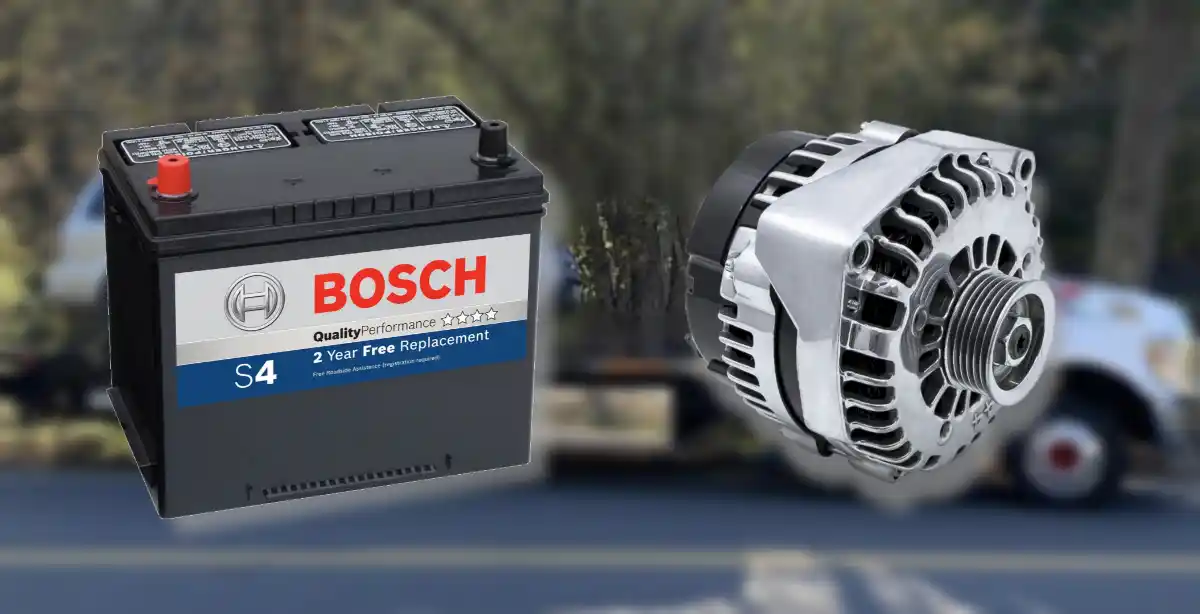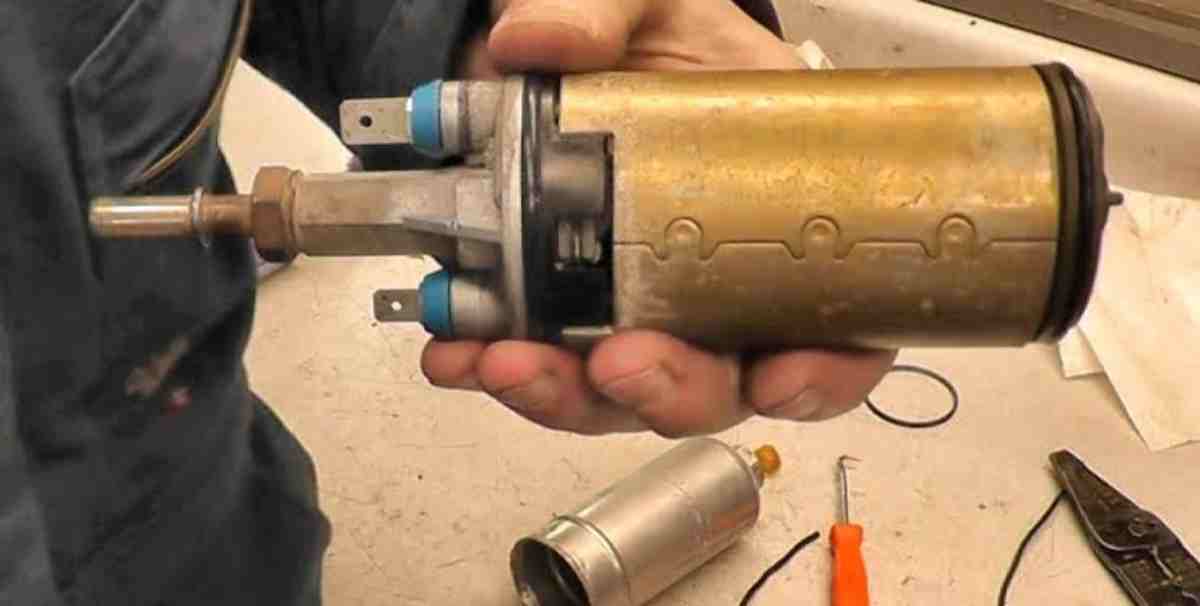A radiator clogs up, but you may be able to fix it, even at home. This article reveals the expert-recommended way regarding how to fix a clogged radiator. The best option, however, is to allow a mechanic to handle it professionally.
Most of the time, vehicle owners use over-the-counter products to flush clogged radiators. However, such products do not restore your radiator effectively. Although they flush your radiator, you can’t expect it to operate optimally. In some cases, you could be creating several pinhole leaks, which worsens the situation. Of course, the result is degrading or damaging your engine faster since the radiator malfunctions.
Moreover, if your vehicle tank is clogged with the radiator sealer, you may have to contact a mechanic.
Can you unclog a radiator?
Yes, you can unclog a radiator. Draining the old coolant, especially from the engine block, may unclog your radiator. You must remove the sediments by forcing water through the radiator. Make sure not to reuse the old radiator coolant, which may be worn out—flushing your radiator in this manner to unclog it and let you run the car for some more years. If you notice unusual changes, contact the mechanic.
What are the symptoms of a clogged radiator?
You may be unsure about your radiator being clogged up. Below are signs that your radiator is clogged:
- Broken water pump.
- High gauge temperature on the dash.
- Damaged radiator fins.
- Changed coolant color. If your coolant color has changed after it cools, it is a sign that it is clogged.
- Coolant leakage.
If you notice any of the signs above, the radiator may not be circulating water or coolant.
How to Fix a Clogged Radiator
Fortunately, you can repair a clogged radiator at home. Below are the steps regarding how to fix a clogged radiator:
-
Backflushing
It is OK to backflush the coolant system of your vehicle, especially when you experience radiator clogging problems. A clogged radiator means the coolant system malfunction, and you do not want to leave it unfixed.
Backflushing can get rid of coolant remains, especially after you drain the radiator to fix a clog. Meanwhile, to backflush a radiator is easy. Using a utility knife, cut the heater inlet hose. Install a coupler and splash tube, turn on the car engine and drain the radiator.
-
Use Over the Table Product
Using an over-the-table product is not very recommendable. You may put a can of CLR acid, which dissolves the remnants and mineral deposits. The disadvantage is that an older radiator may be clean on the inside but with multiple unclogged leaks. To supervise the process, make sure to check the edges of aluminum clamps towards the plastic end. If you spot whitish deposits, then the antifreeze is leaking. During radiator cleaning or flushing, the leaks will open up.
-
Remove the Plastic Tank
If backflushing does not unclog your car radiator, remove the plastic tank with a pair of tile cutters. You will have to rod it out with solvents like NAFTA-MX or an electrical snake.
First, de-sharpen one tile cutters cutting edge and flatten the second cutting edge slightly. Be careful not to damage or cut the tank. Now, squeeze the tabs back on firmly using non-ratcheting pliers. You may have to pressurize a bit when squeezing, but you should be able to remove it, especially with pump pliers larger than 12 inches.
If your tank is made of metal, your option is to de-solder and resolder it. Soldering should be easier with an acid bath and a larger solder pot.
-
Clean the Sealing Surface
After cleaning the sealing surface, apply high temp RTV and reinsert the O-ring. Finally, crimp the tank with the pliers. Begin with a half crimp and apply a fuller crimp in the second attempt.
How to Know is Radiator is Clogged or Blocked
You can tell whether your radiator is clogged or blocked. First, check that the thermostat is functional. A malfunctioned thermostat is a common cause of clogged or blocked radiator, though.
If the thermostat is fully operational, confirm whether the hose exiting the radiator is warm. You can touch the coolant hose coming out to know whether it is still warm. If unsure, remove it carefully to check.
Moreover, if the radiator of your vehicle is clogged partially, making coolant flow too slow, the signs will vary from the vehicle speed and external temperature. A thermostat makes the sign similar regardless of the condition. For instance, waiting in traffic causes more heat than driving at a highway speed.
Your radiator can clog externally, which is pretty uncommon, such that dried bugs and road dirt and debris keep air from flowing through it; thus, stopping it from cooling things down.
Make sure to check the back and front of the external part. If you find dirt/debris, use a garden hose on it; you should notice a difference instantly to know whether that is your issue. If the dirt is not visible, ensure that the fan air is blowing through it from the side of the engine. Meanwhile, a malfunctioning or damaged fan can be the reason for your clogged or blocked radiator.
What happens if radiator is clogged?
If your radiator clogs up, it affects the coolant/antifreeze, which may result in engine damage. Your car coolant circulates from the water jackets in the engine and transmission and collects heat before flowing back to the radiator to expel it.
When the coolant flow is blocked, it fails to move heat effectively. The heat will build up and can damage the vehicle components, including head gasket, bearing failure, etc.
What causes a radiator to clog?
A common cause of radiator clogging is old radiator fluid. Yes, radiator fluids wear out, and if it sits in the engine for too long, it causes rust, especially if the car does not run or is stationary for a long time. Old fluid can also create sediment that makes the radiator clog.
How much does it cost to fix a clogged radiator?
It costs less than $100 to fix a clogged radiator, Of course, it will cost less than $20 or nothing to fix a clogged radiator at home. Meanwhile, radiator replacement costs between $200 and $900. Most cars featuring radiators with aluminum core and plastic tanks fall within the range of $100 and $600, depending on vehicle make, model, and model year. Whether a car is OEM or aftermarket also determines the cost.
Final Thoughts
Once you start fixing your clogged radiator at home, make sure to complete the process the same day. Otherwise, the shape of the plastic tank can change, and you can’t get it back on.
Ultimately, fixing a clogged radiator at home is not something you should rely on to avoid damaging your radiator permanently.


